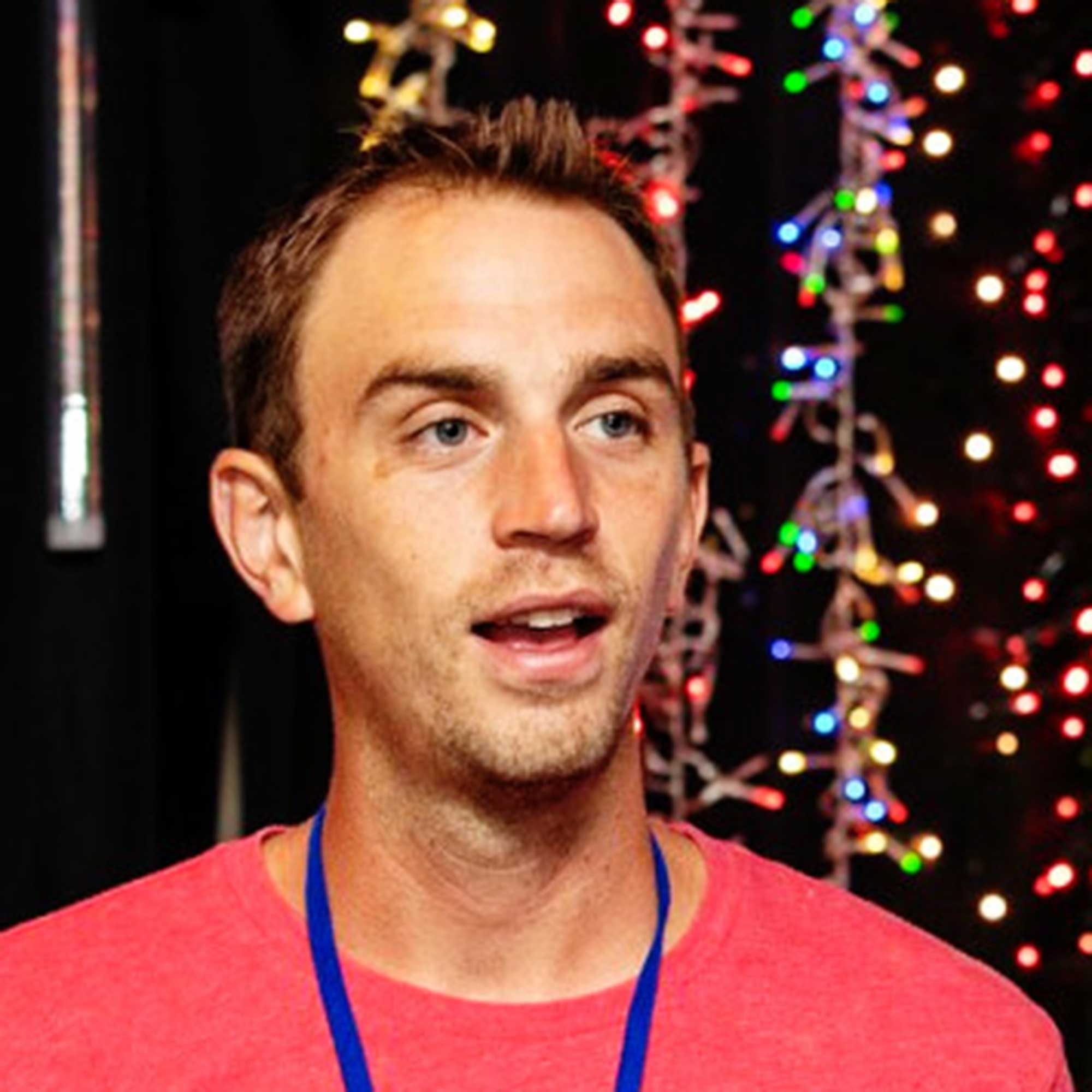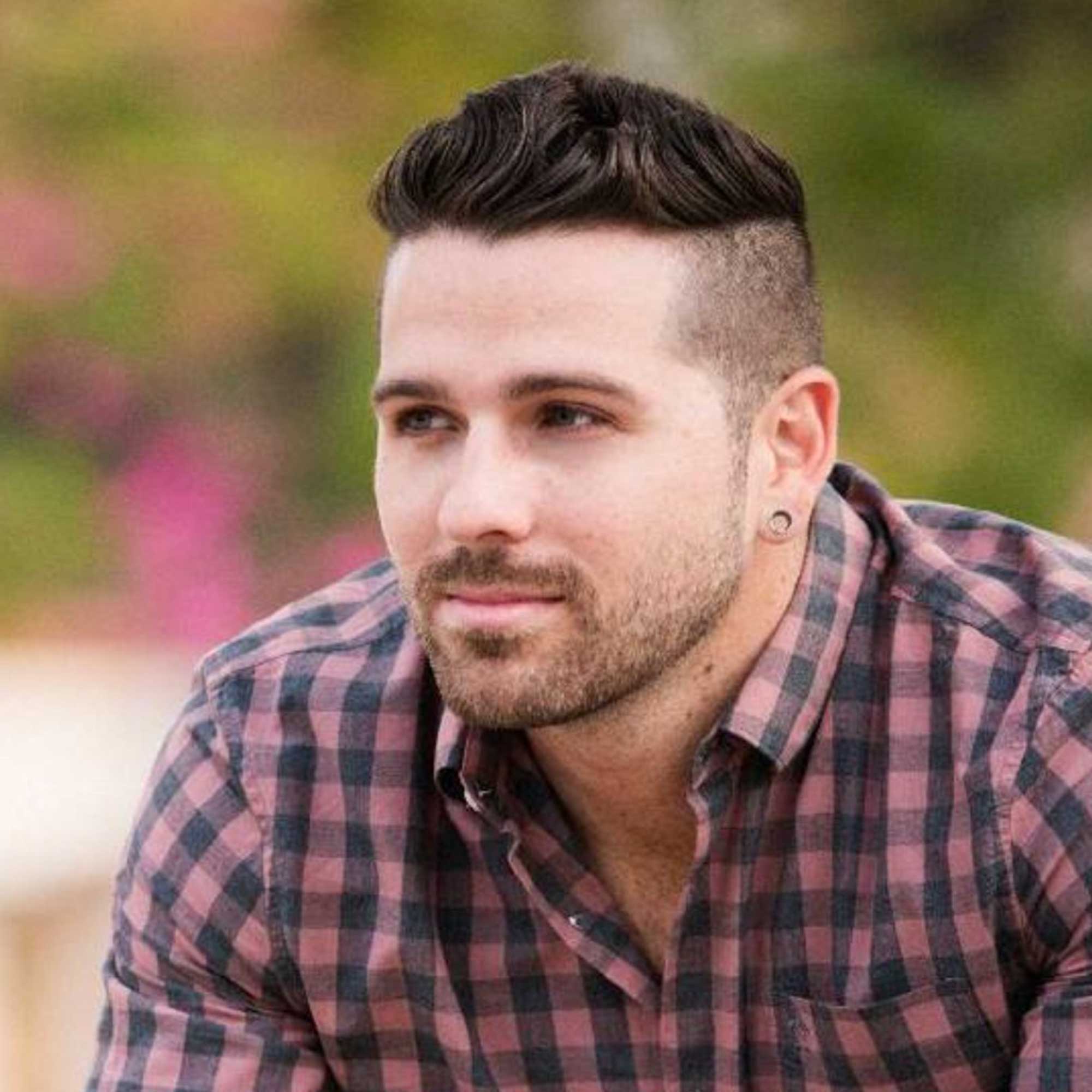When to overseed a lawn in spring — plus pro tips on how to do it
Gardening experts reveal when to overseed a lawn in spring for green and gorgeous grass


Wondering when to overseed a lawn in spring? You're not alone. Thin and patchy grass can be quite the eyesore, especially when gearing up for summer entertaining. The good news is, it's easy to sort, with the right timing and technique.
To get the lowdown on this outdoor task, we chatted with lawn care experts. Below, they share their essential advice on when and how to overseed a lawn, including tips for different grass varieties.
Whether you're looking to elevate your backyard, or brush up on your lawn-care tips, you'll find everything you need to know in this guide.

When to overseed a lawn in spring, according to lawn care experts
Dr. Matthew Koch, director of biotechnology, genetics, and seed at Scotts, says, "Overseeding a lawn in spring can help improve its density, fill in bare patches, and enhance overall appearance."
In other words, if you need to rejuvenate a lawn and transform it into a lush stretch of green, this is a task you'll want to tick off. In fact, many people make it a yearly job to keep garden landscaping looking its best and enjoy the benefits of a healthy lawn.

Born and raised in New Jersey, Dr. Matthew Koch joined ScottsMiracle-Gro in 2012 after finishing his Ph.D. work in plant genetics and breeding at Rutgers University. He began as a scientist in the biotechnology program and has held a number of leadership roles since. When not helping develop the next generation of plant genetics and consumer lawn products, Matthew loves the outdoors (especially his home lawn).
The best time to overseed a lawn

Matthew says, "Timing for overseeding lawns typically depends on the climate in the region, and the grass variety being used."
There are two main types of grass varieties: warm-season grasses including Bermuda grass (available from Scotts® at Amazon), zoysia grass, and centipede grass, and cool-season grasses such as perennial ryegrass, tall fescue, and fine fescue, as well as Kentucky bluegrass ( Scotts® Turf Builder® Grass Seed Kentucky Bluegrass Mix, also available from Amazon, is well-rated).
Get small space home decor ideas, celeb inspiration, DIY tips and more, straight to your inbox!
The latter is more commonly used in northern states where temperatures are milder.
Late-spring sowing is great for warm-season grasses. "This is the time when these grass varieties grow most actively," says Jeremy Yamaguchi, the CEO of Lawn Love. "Aim to overseed warm-season grasses when soil temperatures are between 65–75° Fahrenheit."
This could be in May or even early June, but the exact month depends on your local climate. A soil thermometer, available at Amazon, will help you gauge when the time is right. It's likely you will already have started mowing your lawn by this point.
Cool-season grasses can be sown a little earlier as part of preparing your lawn for spring. However, you may want to save it as a late summer lawn care task instead, or wait until early fall. It's actually best to do it at this later point in the year, Jeremy says. "This is the time when there’s more moisture in the soil and also when cool autumn air will encourage growth."
Taylor Olberding, the co-owner of Heroes Lawn Care, adds that sowing in early fall for cool-season grasses is also preferred as you won't be competing with as many weeds compared to in the spring.
"Aim to overseed when soil temperatures are between 50–65° Fahrenheit," Jeremy adds.
Again, the exact month depends on your region — it could be as early as March if you're aiming for a spring sowing, or you may wish to hold off until around September.

Taylor Olberding, co-owner of Heroes Lawn Care, is a qualified professional lawn expert with a Bachelor of Science in Turf and Landscape Management. Heroes Lawn Care provides a comprehensive range of services, spanning from sod and irrigation installation to aeration, weed control, and pet waste.
How to overseed a lawn in spring

Knowing when to overseed a lawn in spring is only part of the process. You need to know exactly how to do it, too.
First, Matthew says to select high-quality seed that matches your existing lawn or desired lawn type. "Sunlight exposure, soil type, and climate should also be considered when choosing the seed."
For instance, some mixes, such as Pennington's Dense Shade mix from Amazon, are specifically designed for growing in shady gardens, where other types may struggle.
Matthew says to mow your lawn relatively short before you begin overseeding. This will allow the new seed to reach the soil, he explains. Jeremy recommends cutting it to about 1.5–2 inches. Consider shopping for one of the best lawn mowers if you need a new tool for the job to make things a little easier.
You can also dethatch the lawn if necessary to remove any dead grass that may hinder seed-to-soil contact, Matthew advises. The electrical dethatcher with bag from Lowe's comes highly rated by happy shoppers.
Consider aerating the soil, too, to alleviate compaction, Matthew suggests.
Next, use a broadcast spreader to evenly distribute the grass seed over the lawn area, Matthew continues. An example is the Scotts® Turf Builder® EdgeGuard® Mini Broadcast Spreader (available from Amazon), which, he points out, can be used to apply fertilizer and other lawn care products, too. Alternatively, you can sow the seeds by hand.
Once you've finished seeding, gently rake the soil to ensure good seed-to-soil contact, Matthew advises. You can also lightly roll the seeded area with a lawn roller to press the seeds into the soil, he adds. We like the look of this lawn roller from Brinly at Amazon, which has hundreds of five-star ratings.
How to care for newly sown grass seed

Maintaining your freshly sown seed is important to ensure it grows as planned.
Jeremy says, "Make sure to water your lawn well — once or twice daily until the new growth is as tall as the existing grass." Avoid heavy foot traffic on the area until the grass has established, adds Matthew.
Whether you're overseeding as part of your autumn lawn care or ticking the job off in spring, keep an eye out for birds, who love to eat the seeds. You could try pinning this fine mesh netting from Amazon over the area to deter them, while the new grass germinates.

Price: $17.98–$78.85
Give new grass a boost in nutrients with this fertilizer, which has nearly 8,000 five-star ratings on Amazon. It can be applied just before or after planting your seeds.

Price: $13.79–$61.18
A cool-season blend of tall fescue, fine fescue, perennial ryegrass, and Kentucky bluegrass for sunny and moderately shady spaces. Drought-tolerant once established.

Price: $21.99
This popular and compact hand-held grass seed spreader is ideal for even distribution across smaller lawns. You can also use it to apply lawn fertilizer.
FAQs
What type of weather is best for overseeding a lawn in spring?
Matthew says it's essential to consider the weather conditions when deciding when to overseed a lawn in spring.
"Ideally, you want to overseed when there's a good balance of warmth and moisture, as this encourages seed germination," he says. "It is important to avoid overseeding during periods of extreme heat or drought, as these conditions can stress the new seedlings."
As you will be mowing your lawn as the first step, note that cutting wet grass is a common lawn mowing mistake. If there's been heavy recent rainfall, wait for it to dry up a bit.
Avoid sowing your grass seed in windy weather, too — you don't want it to blow away.
How long does grass seed take to germinate?
If you go about it in the right way, grass seed will usually germinate in one to three weeks. The exact timing depends on the environmental conditions as well as the variety you're growing.
Knowing when to overseed a lawn in spring and the best ways to go about it are major parts of growing healthy, verdant grass. But there are other aspects to consider, too, including how to kill weeds in your lawn.

The garden was always a big part of Holly's life growing up, as was the surrounding New Forest, UK, where she lived. Her appreciation for the great outdoors has only grown since then; over the years, she's been an allotment keeper, a professional gardener, and a botanical illustrator. Having worked for Gardeningetc.com for two years, Holly now regularly writes about plants and outdoor living for Homes & Gardens.
In her spare time, Holly loves visiting local English gardens and is particularly fond of relaxed cottage-garden schemes. She also loves prairie-style planting – the tapestry effect of grasses mixed with drought-tolerant blooms never ceases to delight her. Always happiest around plants, when she isn't swooning over gardens, she's looking after her ever-growing collection of houseplants and arranging seasonal flowers in her apartment to paint.
